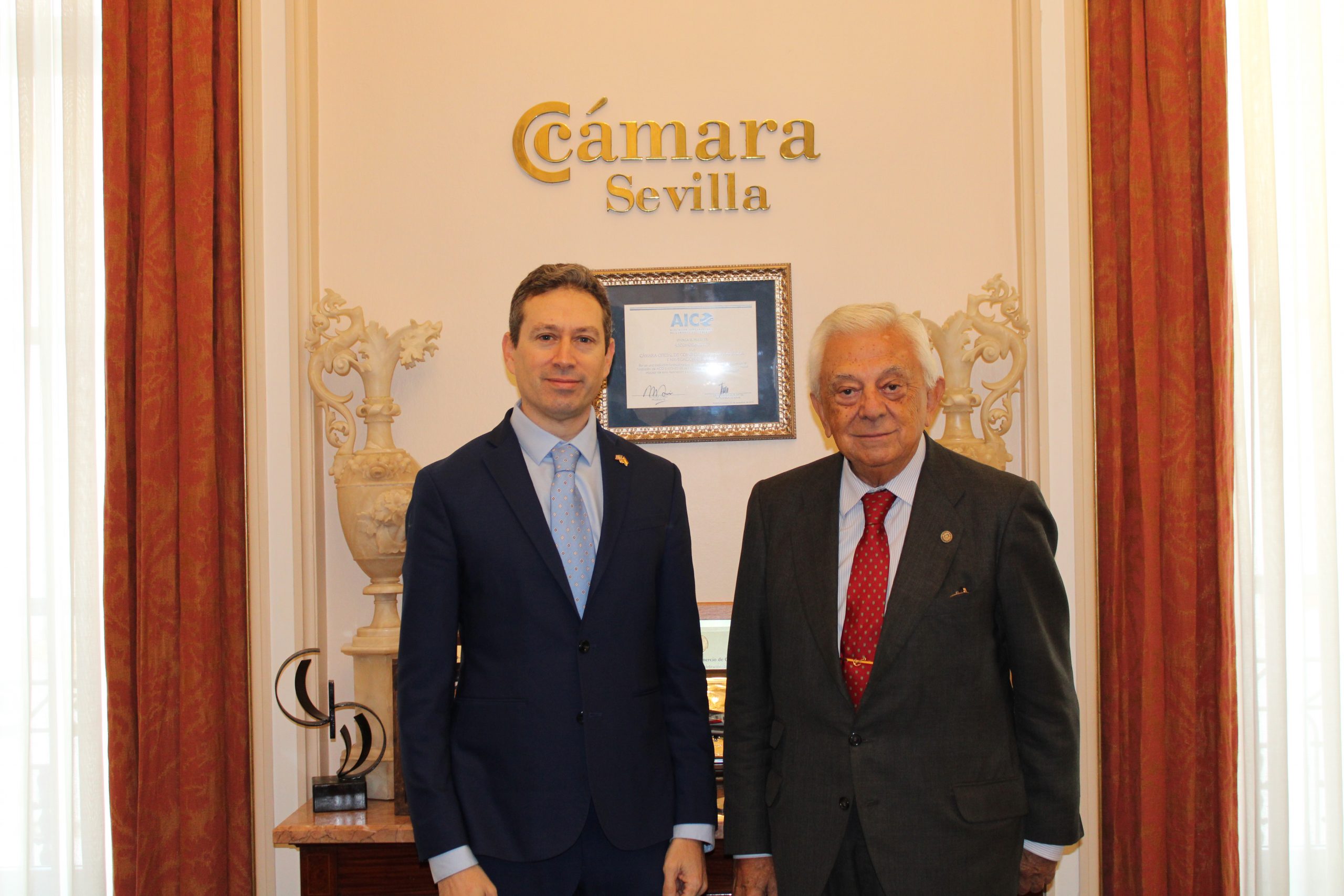Download the full report here
In response to persistent large annual deficits in U.S. trade in goods, declared a national emergency under the International Emergency Economic Powers Act (IEEPA), President Trump issued Executive Order 14257 on April 2, 2025. This order imposed additional ad valorem tariffs on imported goods.
Justified under Section 232 of the Trade Expansion Act of 1962, which authorizes the President to impose tariffs if the Department of Commerce determines that imports threaten national security, this measure was adopted to address the perceived lack of reciprocity in trade relationships, tariff disparities, and other trade practices considered a threat to national security and the U.S. economy.
The new tariff regime, effective from April 5, 2025, introduces two main layers of tariffs:
- A Universal 10% Tariff: As of 12:01 am EDT on April 5, 2025, an additional 10% tariff is applied to all U.S. imports, subject to certain exceptions.
- Country-Specific Reciprocal Tariffs: Additional country-specific tariffs will be applied to 57 trading partners (see Annex I), including the European Union (20%). However, on April 9, the White House announced a temporary 90-day suspension (until July 9, 2025) of these reciprocal tariffs for most of the countries listed in Annex I, with the notable exception of China.”
Additionally, it is structured around three key annexes:
- Annex I details the countries and their adjusted specific tariff rates.
- Annex II lists products exempt from reciprocal tariffs, such as certain minerals, pharmaceuticals, semiconductors, and some strategic goods.
- Annex III introduces new tariff headings in Chapter 99 of the HTSUS, which are essential for the correct declaration of goods and the application of exemptions or specific tariffs.
Key Elements of the New Regime: Classification and Origin
Understanding two fundamental aspects is crucial for navigating these new tariffs: merchandise classification and country of origin.
Merchandise Classification (HTS): The Harmonized Tariff Schedule (HTS) is the tariff nomenclature used by the United States, based on the Harmonized System (HS) of the World Customs Organization, to classify imported goods, calculate duties, and enforce trade regulations.
The HTS code consists of 10 digits organized hierarchically:
- First 6 digits: Correspond to the Harmonized System (HS), an international standard managed by the World Customs Organization (WCO). They are divided into:
- Chapter (2 digits): General category (e.g., 15 = Animal or vegetable fats and oils).
- Heading (4 digits): Specific subcategory (e.g., 1509 = Olive oil and its fractions, not chemically modified).
- Subheading (6 digits): Technical detail (e.g., 1509.20 = Extra virgin olive oil).
- Last 4 digits: US national extension that determines:
- Tariff rate (digits 7-8)
- Statistical suffix (digits 9-10) for data collection
Correctly assigning the HTS code is governed by the General Rules of Interpretation (GRI), which are mandatory and sequential for all countries using the HS.
Secondary Classification: With the implementation of EO 14257, a secondary classification from Chapter 99 of the HTSUS became required starting April 5, 2025. Importers must report either the Chapter 99 classification under which the reciprocal tariff applies or one that indicates the merchandise is exempt. Specific Chapter 99 codes are used for this purpose, such as 9903.01.25 for the general 10% tariff.
Access the full report here
Country of Origin and Substantial Transformation
The correct determination of the country of origin is vital under the new reciprocal tariff regime, as the applicable rate or exemption depends on this factor. US Customs and Border Protection (CBP) is responsible for verifying origins, and the sources suggest increased scrutiny might occur. US origin rules are complex and vary depending on the purpose.
For general tariff purposes, including the reciprocal tariffs under IEEPA, the United States applies the principle of “substantial transformation”. This principle, developed through jurisprudence and CBP practice, determines if a good processed in one country using materials from another acquires the origin of the processing country. Substantial transformation occurs when an article, through manufacturing or processing, becomes a new and different article with a distinct name, character, or use compared to the original materials. The country of origin is generally considered the last country where the product was substantially transformed.
Exemptions to the Reciprocal Tariffs
The reciprocal tariff regime includes several significant exceptions and exemptions based on product type, country of origin, or specific rules.
- Certain items are generally exempt even in a national emergency under 50 U.S.C. 1702(b), including personal communications, humanitarian donations, informational materials (books, movies, etc.), and travel-related transactions.
- Articles like certain steel and aluminum products, automobiles, and their parts that are already subject to Section 232 tariffs are not subject to these new reciprocal tariffs.
- Specific product categories listed in Annex II of EO 14257 are exempted, regardless of origin, such as copper, pharmaceuticals, semiconductors, wood articles, certain critical minerals, and energy products.
- Articles with at least 20% U.S. content are subject to the reciprocal tariff only on the non-U.S. content.
- Goods qualifying as originating from Canada or Mexico under USMCA rules are fully exempt from these reciprocal tariffs. However, they may still be subject to other pre-existing U.S. tariffs.
- The People’s Republic of China faces a significantly elevated reciprocal tariff rate, increased up to 125%, plus an additional 20% for China and Hong Kong, totaling 145%.
- Articles from countries with Column 2 HTSUS rates, such as Russia, Belarus, Cuba, and North Korea, are also exempt from these additional reciprocal tariffs.
- Articles in transit before 12:01 a.m. EDT on April 5, 2025, loaded onto a vessel for final transport, are not subject to the initial 10% tariff, provided they are declared for consumption or removed from a warehouse for consumption by May 27, 2025.
Recommended Strategies and Aids
To help businesses navigate this changed trade landscape, we have outlined several recommended strategies in our free downloadable report. These include focusing on commercial negotiations with U.S. importers, strategically choosing and reviewing Incoterms, supply chain and origin strategies, or utilizing U.S. Free Trade Zones to potentially reclassify products. Furthermore, diversifying markets and clients beyond the U.S. is suggested, leveraging existing trade agreements.
Also in our report, you can check more details about some aids from the Spanish Government, which in response to the impact of the U.S. tariff increases, has approved a Plan de Respuesta y Relanzamiento Comercial. This plan aims to mitigate the negative effects on the Spanish economy. The total amount mobilized by the plan is 14.1 billion euros, comprising new financing and redirected instruments. The overarching goal is to improve the productive capacity of businesses, boost their international presence, and assist them in finding new markets.
Click here to read the complete report
- The Official Chamber of Commerce of Spain in the United States is a recognized nonprofit organization aimed at enhancing business and commercial ties between Spain and the United States. Founded in 1980 and located in Miami, this Chamber is of considerable importance due to its strategic location, multicultural component, and excellent communication network. Miami is the perfect city to target both the American and Latin American markets.
- www.spainuschamber.com






